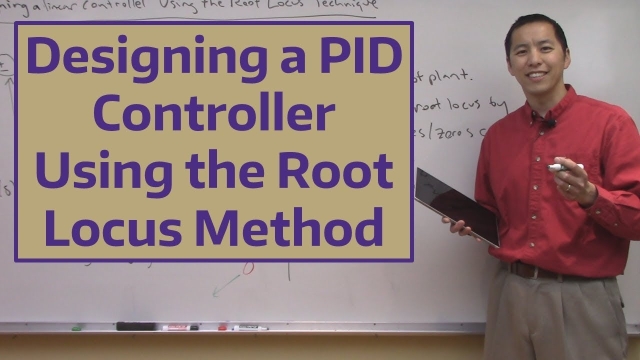
Type
Experience
Scope
FreeFlyer Aerodynamic Simulation Software
FreeFlyer® is an aerodynamic simulation software for space mission design, analysis and operations. It is a commercial software used in actual missions. Free for students, paid for startups...
See MoreIntroduction to the Fourier Transform (Part 2)
This video is the second part of the introduction to the Fourier Transform. I address an error that I made in the first video concerning the scaling term of the transform. I also try to...
See MoreMaking an INSANE Hovering RC F-35 VTOL
I built this insane radio controlled VTOL F-35 parkjet that can takeoff and land vertically using conventional miniquad/drone parts. The best part is the plans and code are all free, and I’m...
See MoreThe Fast Fourier Transform Algorithm
Here I discuss the Fast Fourier Transform (FFT) algorithm, one of the most important algorithms of all time.
See MoreFrequency domain – tutorial 10: modulation
In this video, we learn about modulation technique which is commonly used in communication systems to send information from transmitter to receiver. The foll...
See MorePeter Ponders PID - Closed Loop Zeros
This video covers closed loop zeros, what causes zeros and the benefits and drawbacks of closed loop zeros.
See MoreLecture 12: Steady state error
Closed Loop Feedback Control
Intro to closed loop (feedback) control motivation, theory, block diagrams and block diagram algebra, and PID controllers
See MorePeter Ponders PID- Motor position control
Feedforward Control
When and how to use feedforward control
See MoreStanford CS234: Reinforcement Learning | Winter 2019 | Lecture 2 - Given a M...
Professor Emma Brunskill
Assistant Professor, Computer Science
Stanford AI for Human Impact Lab
Stanford Artificial Intelligence Lab
Statistical Machine Learning Group
Lecture 26: Stability examples, GM and PM using Nyquist Stability Criterion
Bode Plot Gain and Phase Margin Determination
I'll show you how we can determine the Gain and Phase Margin from a Bode Plot (at some fixed controller gain).
See MoreRL Course by David Silver - Lecture 6: Value Function Approximation
A deep dive into incremental methods and batch methods of value function approximation.
See MoreLecture 8: More on Transfer Functions
Transfer Function to State Space
In this video we show how to transform a transfer function to an equivalent state space representation. We will derive various transformations such as contr...
See MoredRehmFlight VTOL - Teensy (Arduino) Flight Controller and Stabilization
dRehmFlight VTOL is a new flight controller and stabilization package intended to be used for small to medium sized hobby or research projects. dRehmFlight is the code, and the physical...
See MoreTikZ source Code: A single MIMO system
TikZ source Code: A single MIMO system
See MoreWhy Learn Control Theory
In this video I present a few reasons why learning control theory is important and try to give some motivation to continue learning.
See MoreLinear Systems of Equations, Least Squares Regression, Pseudoinverse
This video describes how the SVD can be used to solve linear systems of equations. In particular, it is possible to solve nonsquare systems (overdetermined or underdetermined) via least...
See MoreControl Bootcamp: Sensitivity and Robustness
Here we show that peaks in the sensitivity function result in a lack of robustness.
See MoreManipulating Aerodynamic Coefficients
In this video we discuss some potential problems you may encounter when attempting to perform operations with dimensionless aerodynamic coefficients such as ...
See MoreData-Driven Control: Balanced Truncation and BPOD Example
In this lecture, we explore balanced truncation and BPOD on a numerical example in Matlab.
See MoreSVD: Eigenfaces 2 [Matlab]
This video describes how the singular value decomposition (SVD) can be used to efficiently represent human faces, in the so-called "eigenfaces" (Matlab code, part 2).
See MoreDesigning a PID Controller Using the Root Locus Method
In this video we discuss how to use the root locus method to design a PID controller. In addition to discussing the theory, we look at Matlab tools to enabl...
See More
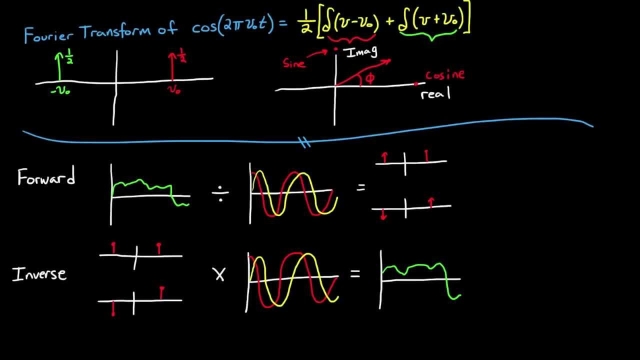
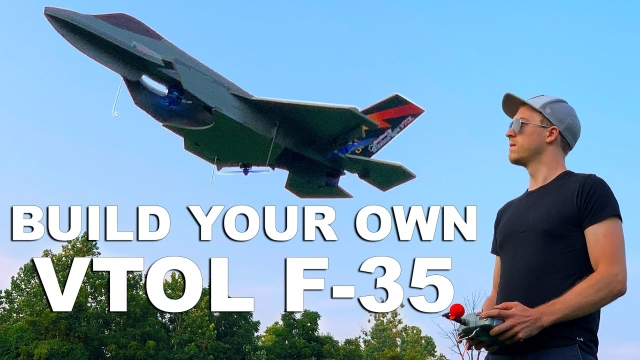
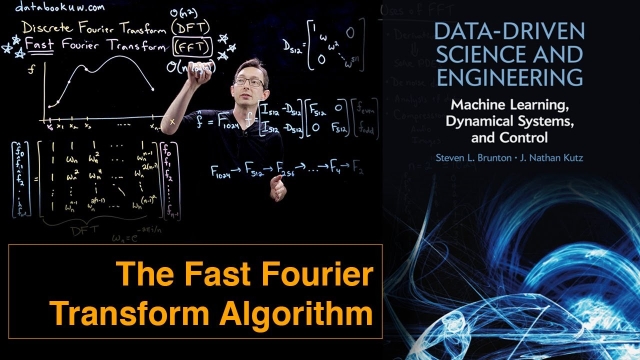
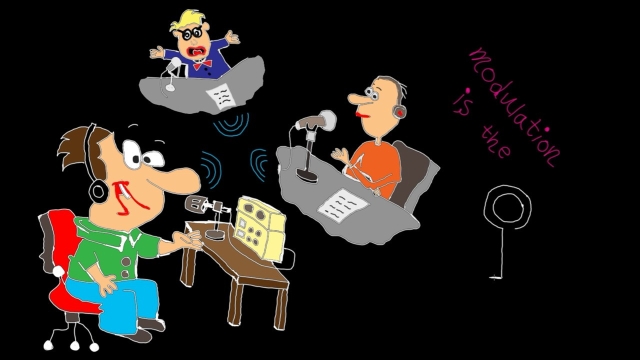
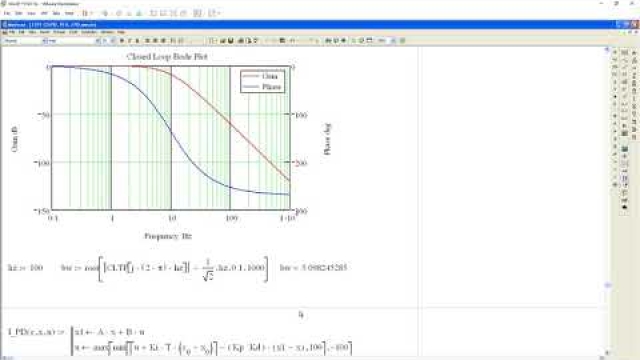
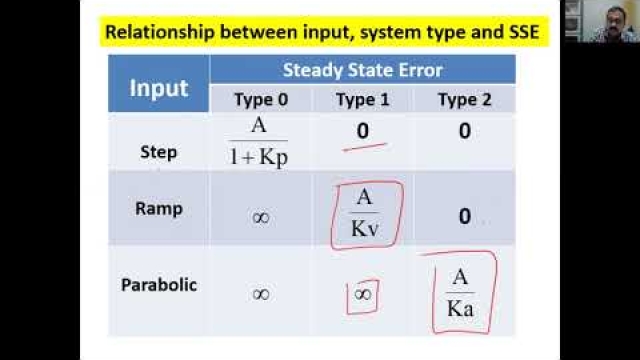
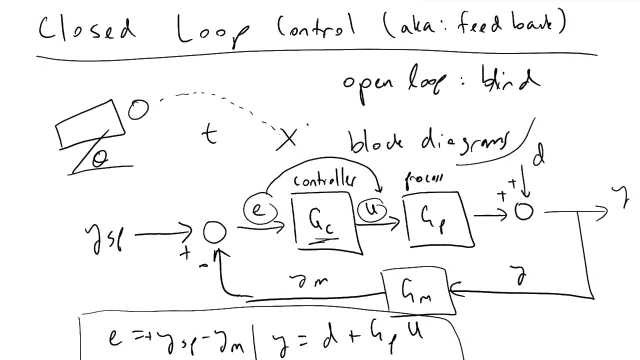
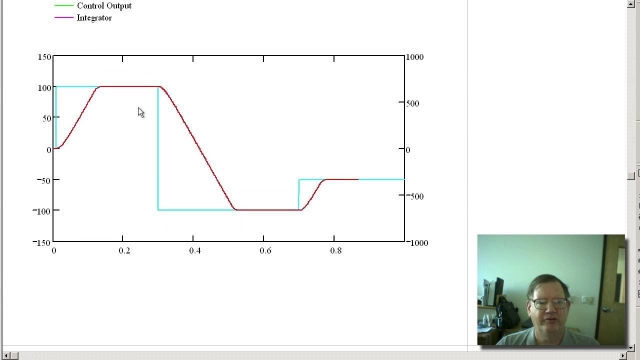
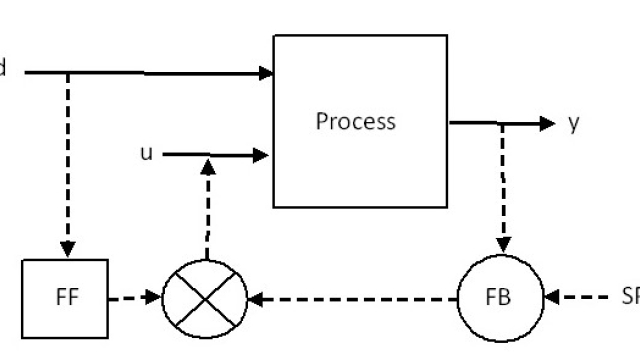
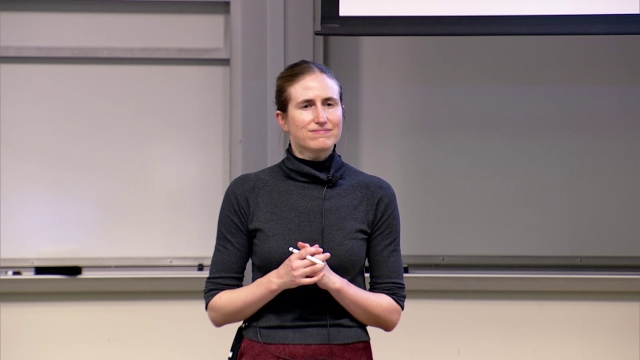
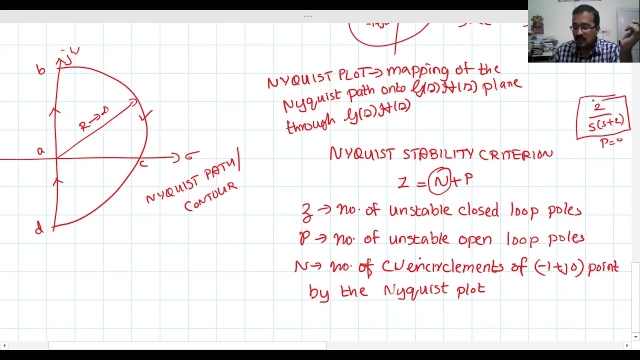
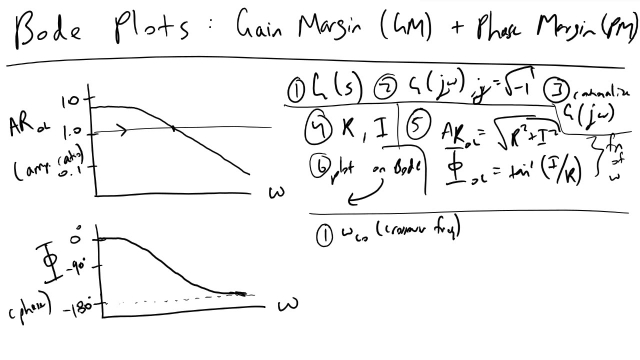
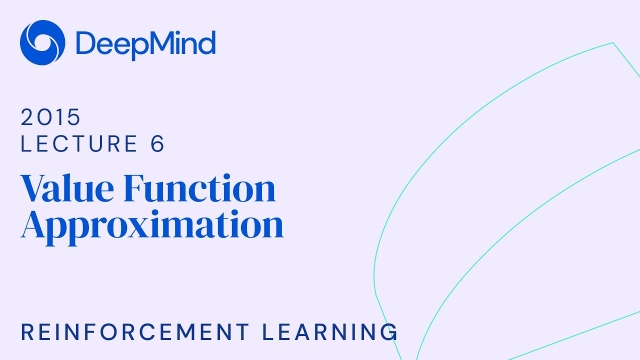
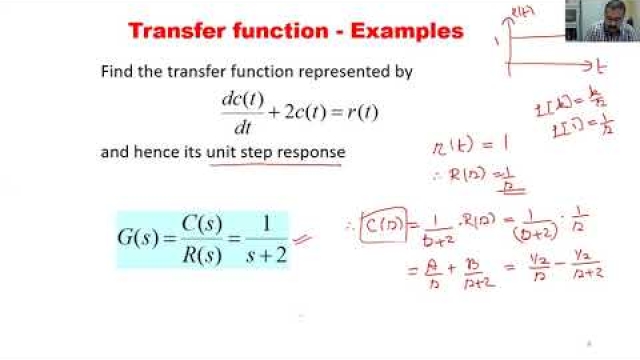
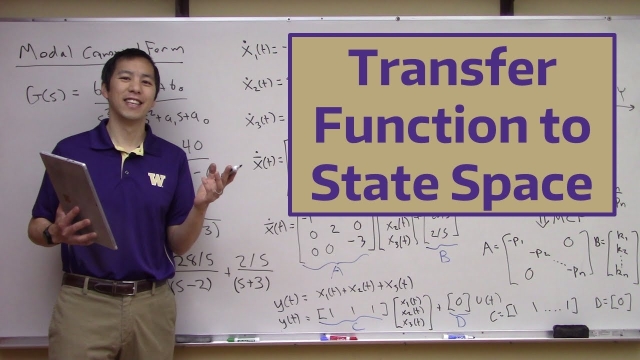

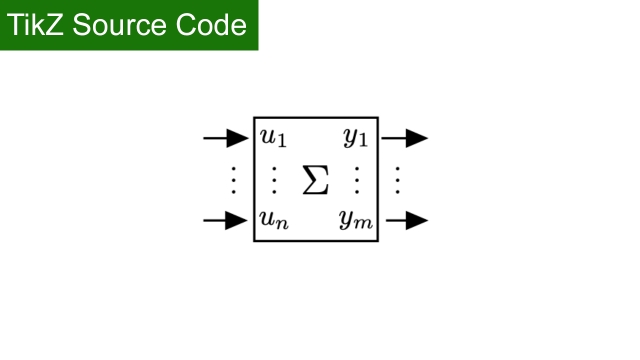
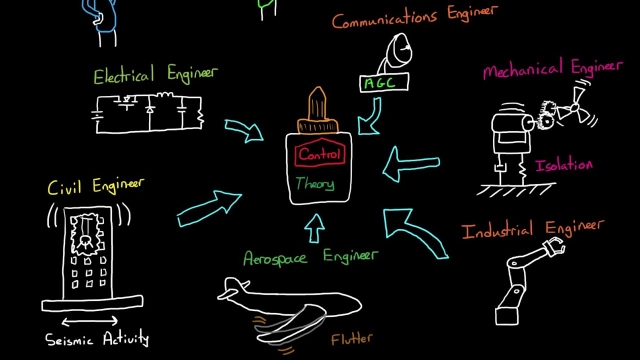
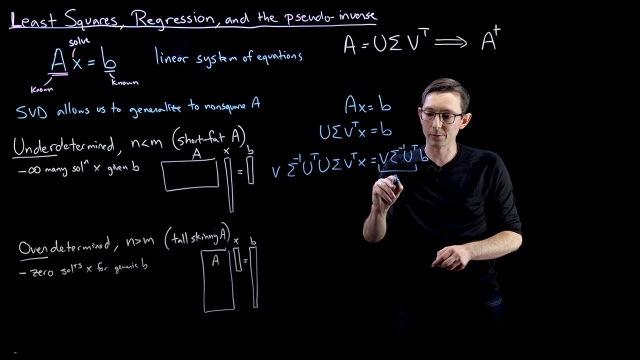
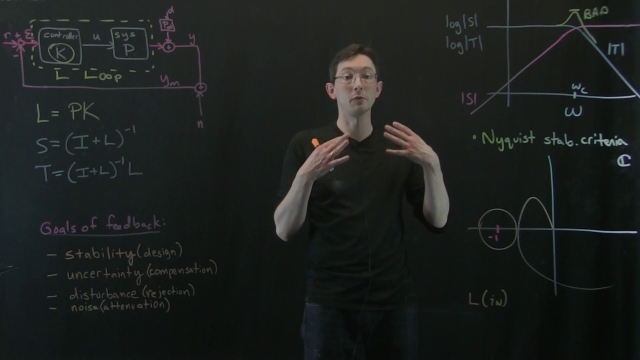
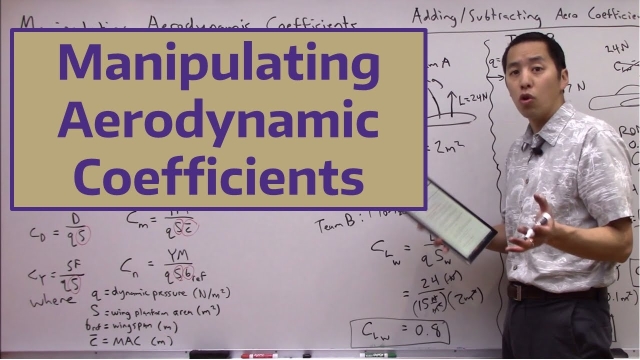

![SVD: Eigenfaces 2 [Matlab]](/sites/default/files/styles/search_resulkts/public/2020-12/maxresdefault_414.jpg?itok=L4yTxfyV)
